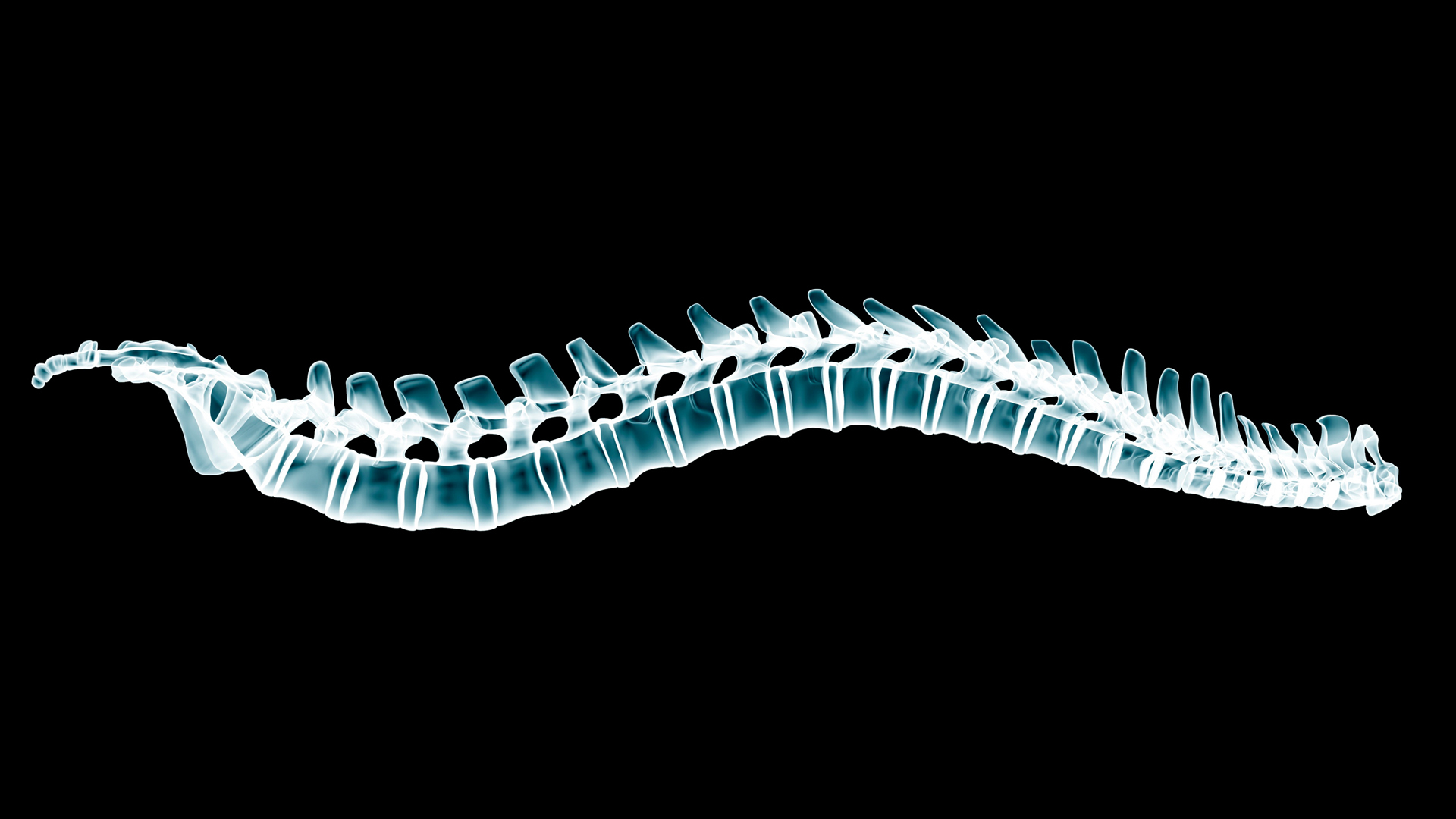Demand
Diagnosing a herniated disc is very laborious and labor-intensive. Currently, radiologists have to analyze every examination of each patient with the naked eye to find abnormalities and make a diagnosis. The question was therefore whether it is possible to use AI to automatically detect abnormalities of the spine and thus make a distinction between potentially healthy patients and patients with a back defect that indicates a herniated disc.

The process
In order to shift the focus of radiologists to qualitative research into, for example, herniated discs or stenosis, we have developed a model that is automatically able to detect abnormalities of the back that give a definite answer about whether or not a hernia is present.
Data
We work with fully anonymized MRI data from Rugpoli with regard to the low back.
Services
Using MRI data on the low back, we have developed several algorithms that help radiologists identify different types of pathological conditions. At the moment, we focus on herniated disc disorders (HNPs) and stenosis, but the applications are as broad as the number of pathological conditions that can be visually detected in MRIs made of the low back.
Integration
Algorithms developed by us are implemented in a PACs system used by radiology clinics.
The result
With the algorithm we have developed, abnormalities of the lower back can be automatically detected. This means that the radiologist can skip the visual analysis of a large number of examinations, in which the algorithm does not find any abnormalities. The radiologist can then fully focus on pathological examinations, such as those of patients with a herniated disc, stenosis or other conditions in the low back. This saves quite a bit of time and effort. The algorithm type we developed for Rugpoli can also be used to detect abnormalities or pathological conditions in a broader medical field.
